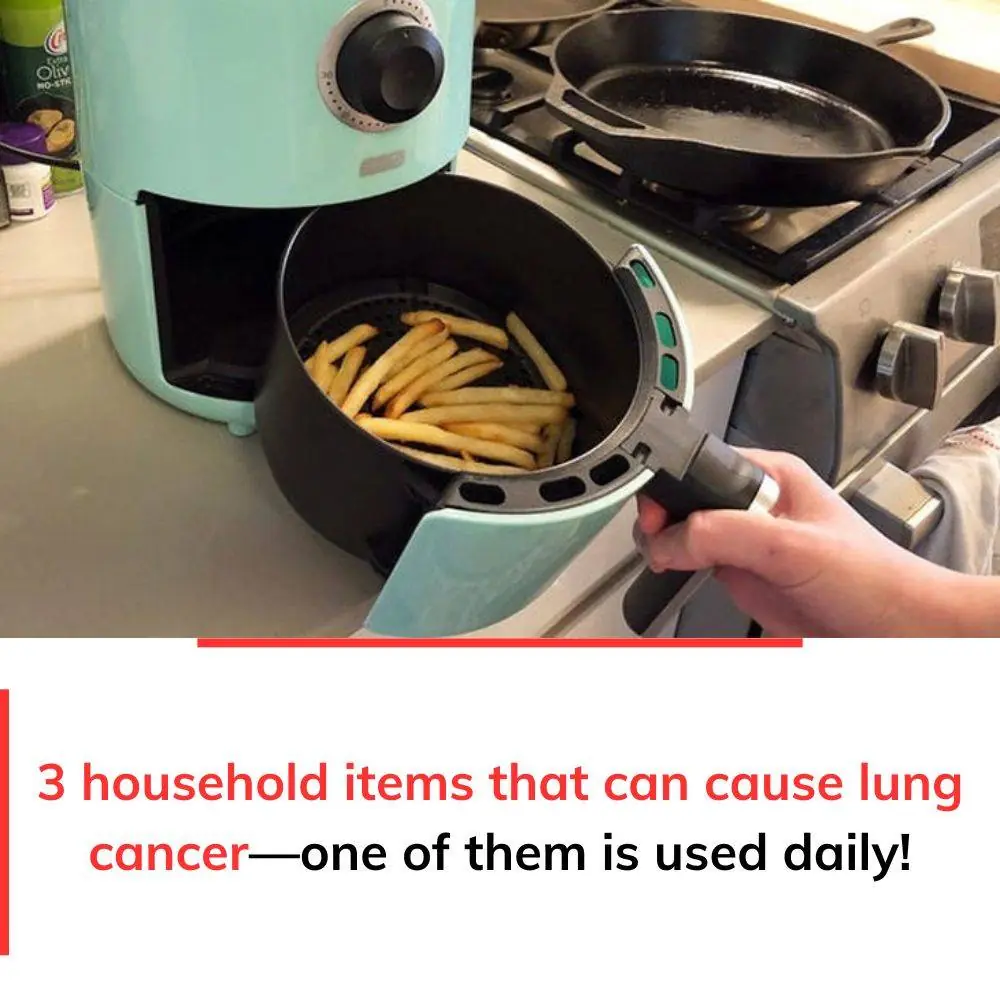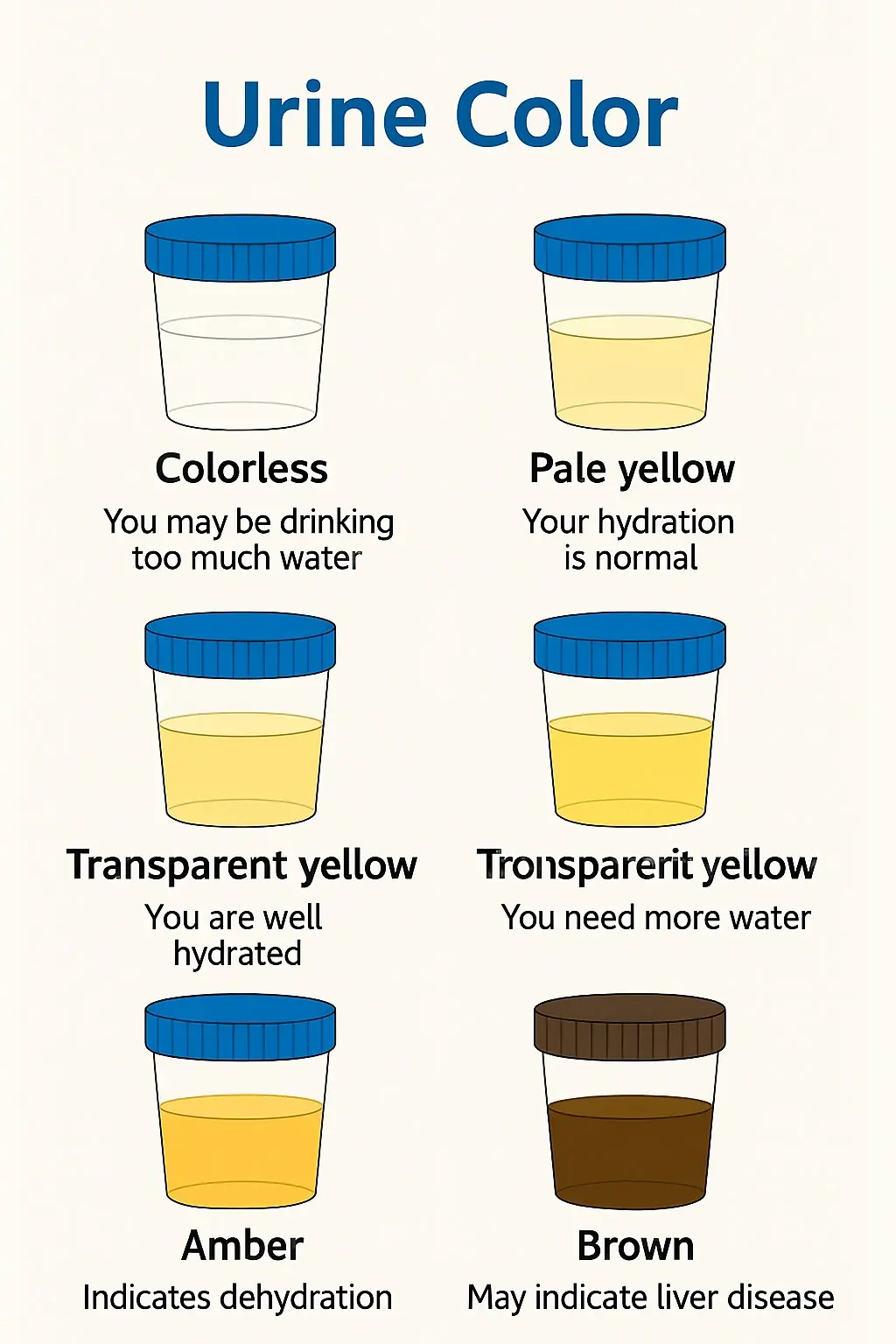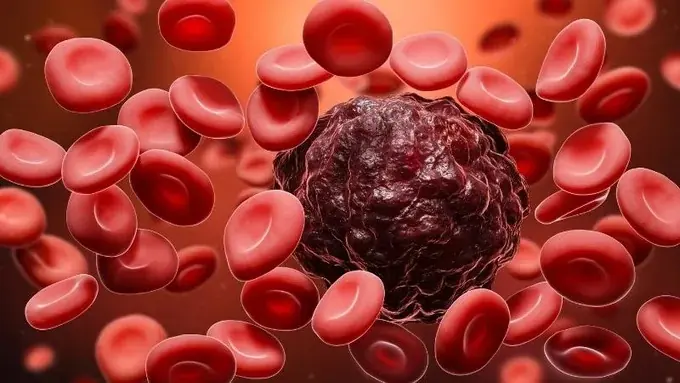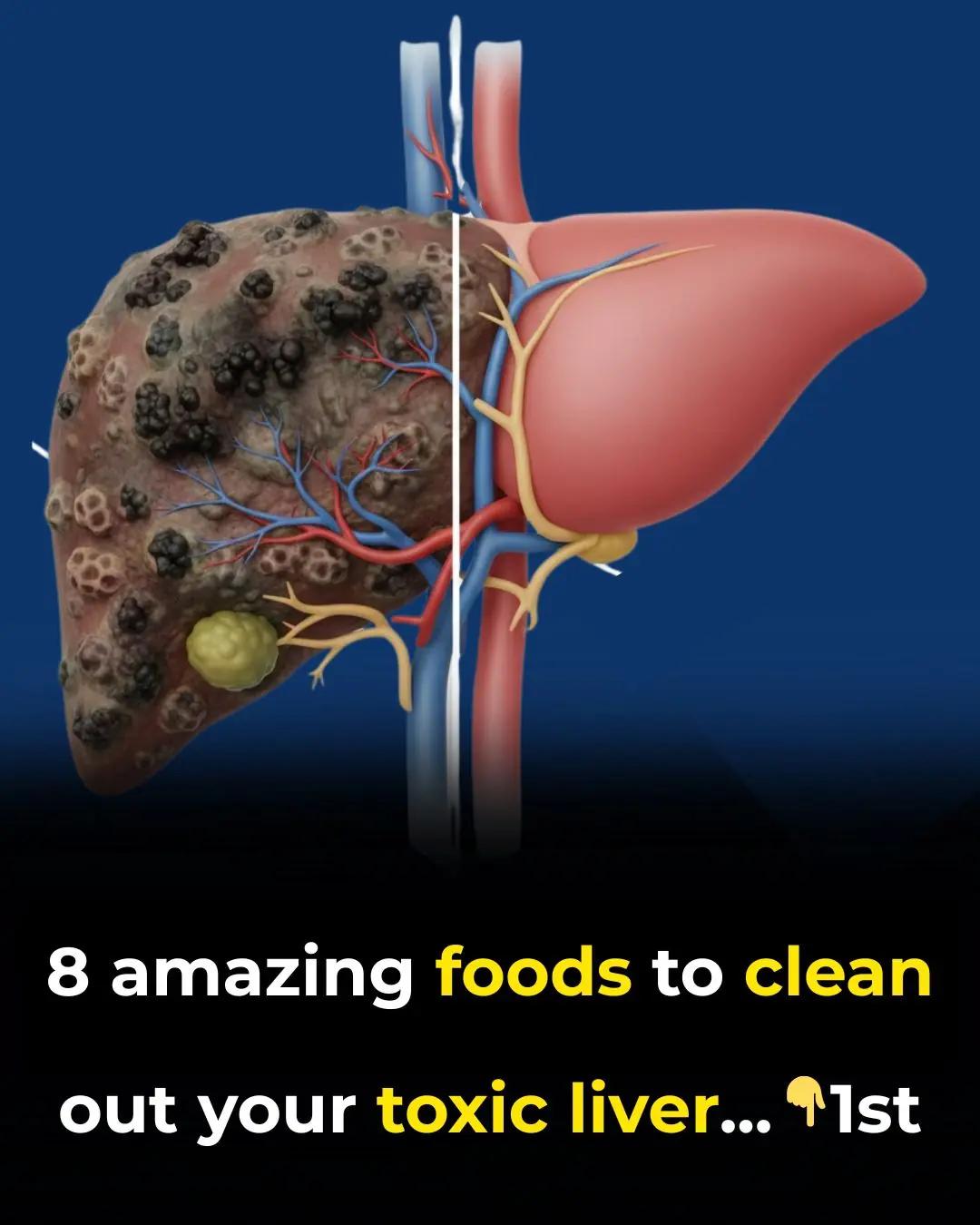
3 Household Items That Can Cause Lung Cancer
3 Household Items That Can Cause Lung Cancer—One of Them Is Used Daily!
These three items might increase the risk of lung cancer—a frightening disease for many people.
In today's modern life, household items have become indispensable. However, not everyone realizes that some of these products may pose health risks, potentially increasing the likelihood of developing lung cancer—a dangerous disease influenced by factors like genetics, lifestyle, living environment, and even familiar daily-use items. Below are household items that could be potential causes of lung cancer in your home.

Air Fryers
Air fryers and electric ovens are increasingly popular in modern households. They allow users to enjoy delicious meals without the need for oil, reducing cardiovascular risks. However, when operating at high temperatures, particularly above 200°C, they can emit PM2.5 particles, a highly dangerous air pollutant.
These particles can penetrate deeply into the lungs, causing inflammation and irritation, and even increasing the risk of chronic respiratory diseases and lung cancer. Therefore, it’s essential to use these devices carefully, avoid cooking at excessively high temperatures or for prolonged periods, and place them in well-ventilated spaces or use air purifiers to remove PM2.5 particles.
Chemical Cleaners
Everyday household cleaning products also hide unexpected dangers. These often contain ammonia, formaldehyde, and volatile organic compounds (VOCs), which can evaporate into the air. Inhaling these substances can cause serious harm to the lungs and respiratory system.
Ammonia and formaldehyde are toxic substances that can cause symptoms like coughing, breathing difficulties, and reduced lung function. Frequent exposure to these chemicals increases the risk of chronic lung conditions and even lung cancer. Choosing safer products, using protective measures like masks and gloves, and ensuring good ventilation are crucial when cleaning.
Laser Printers
One of the least suspected culprits is the seemingly harmless laser printer, a common device in offices and homes. These machines can release ultrafine carbon particles into the air during operation. These particles, ranging from 10 to 100 nanometers in size, can remain suspended in the air for a long time and deeply penetrate the respiratory system.
The result is not only irritation but also inflammation, prolonged lung damage, and impacts on cardiovascular health. The risk increases with continuous exposure to high concentrations of carbon particles. To minimize harm, users should place printers in open, ventilated areas, regularly clean the machines, and focus on proper maintenance.
Understanding the potential health risks is the first step in prevention and protecting yourself and your family. Household items, while convenient, must also be used in ways that do not compromise health. Additionally, users should know how to choose and use household items effectively and safely.
News in the same category


14 Warning Signs of Low Magnesium Levels and What to Do About It (Science Based)

Top 10 Foods to Heal Knee Pain and Boost Cartilage Naturally

Blood Type O Diet: What to Eat and What to Avoid

7 nutrients that actually repair nerves

This one vitamin could help stop you from waking up to pee every night

The Cold Room Sleep Trick That Can Transform Your Health

Why You Keep Waking Up at Night

Research reveals the #1 vitamin for eye protection

What Your Urine Color May Be Telling You (Gently & Naturally)

Soothe Leg Pain Naturally: Garlic & Clove Remedy for Joints, Circulation, and Comfort

Eat Garlic — But Avoid This Common Mistake! | 95% of People Don’t Know This Simple Trick

Home Remedies For Kidney Stones – 21 Remedies For Effective Pain Relief

Eat One Clove of Garlic Every Morning on an Empty Stomach – and Watch These 12 Health Benefits Unfold!

Never do this when flying; many people have ruined their lives because they didn’t know better

Public Health Experts Stress Vaccination as Key to Preventing Severe and Long COVID

People who are about to be affected by cancer often show three unusual signs in the neck; even having just one of them can be a warning for your health

4 vitamins to reverse neuropathy and damaged nerves – relieve foot & hand pain fast!

8 Amazing Foods To Clean Out Your Toxic Liver

Stem Cell Breakthrough Offers New Hope for Reversing Diabetes in Early Human Trials
News Post

The Woman Who Walked Into the Light — Even After Losing Her Sight.

The Man Who Saved Children in Silence.

Queen Bess: The Woman Who Refused to Stay on the Ground.

Makena’s Last Journey: A Mother’s Love in the Heart of Tsavo.

Capri’s Awakening: The Little Foal Who Forgot How to Join the World.

The Day a Cheetah Looked a Man in the Eyes — and Changed How We See the Wild Forever.

I Didn't Tell My Husband's Family I Speak Their Language, and It Helped Me Uncover a Sh0cking Secret About My Child

How I Exp0sed My Husband’s Li es: A Cheating Anniversary He'll Never Forget

THE CAT THAT BR0KE ALL THE RULES: A POLICE OFFICER'S UNEXPECTED MISSION

Mullein: Exploring the Benefits of Leaves, Flowers, and Roots

Airport X-Ray Scanners Upgrade: Shocking Level of Details

From White Hair to Naturally Darker Hair: Fast Home Remedies & Growth Tips

Teen told he just had ‘growing pains’ dies day after diagnosis

7 Ways To Use Vaseline For Wrinkle Free, Flawless Skin

EVERYTHING JAMES FRANCO SAID ABOUT BEING ‘CAST OUT’ FROM HOLLYWOOD DURING HIATUS

The #1 seed that makes bones & muscles strong—how to use it!

14 Warning Signs of Low Magnesium Levels and What to Do About It (Science Based)

Strictly Come Dancing star eliminated from competition on their birthday

Top 10 Foods to Heal Knee Pain and Boost Cartilage Naturally
